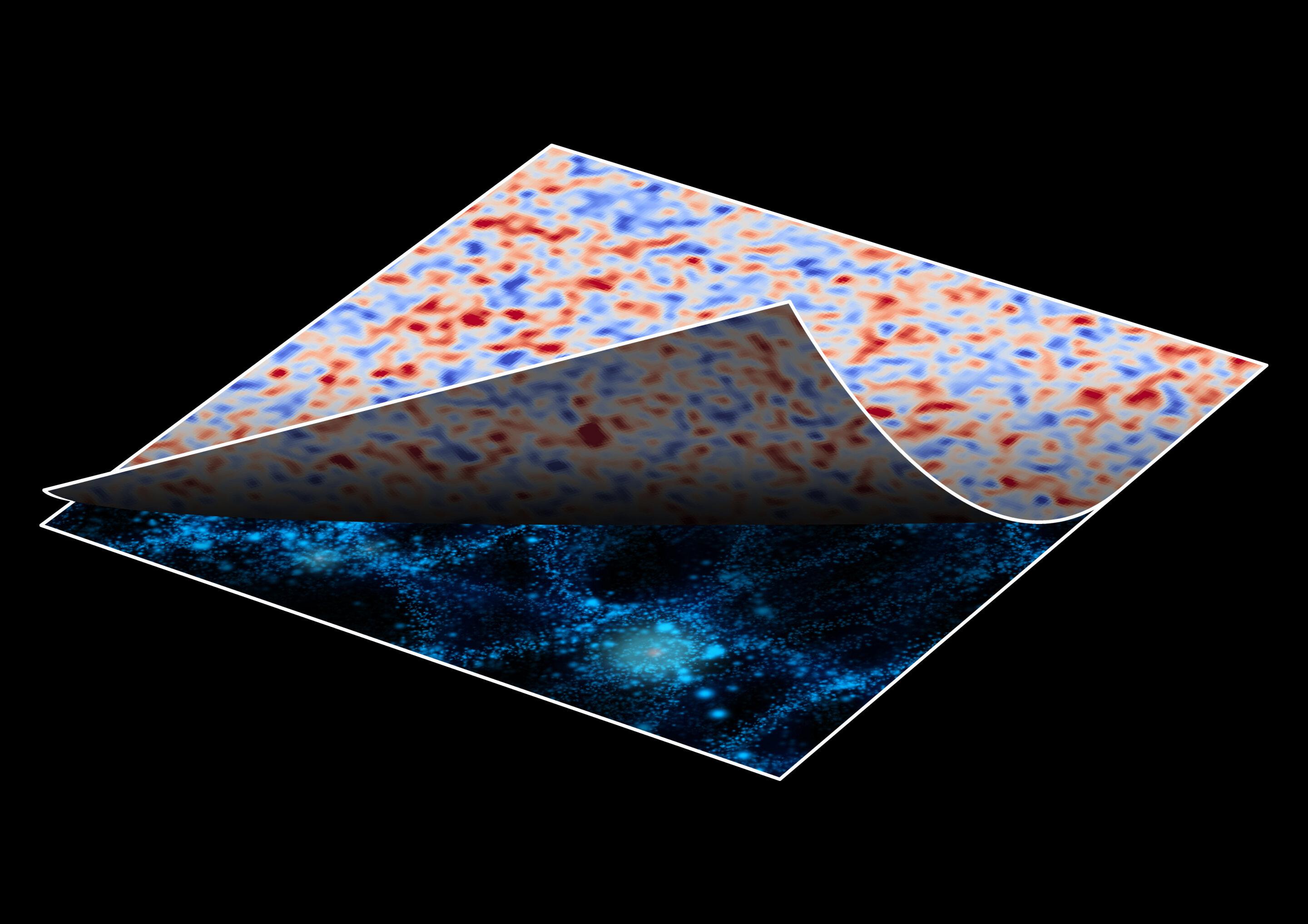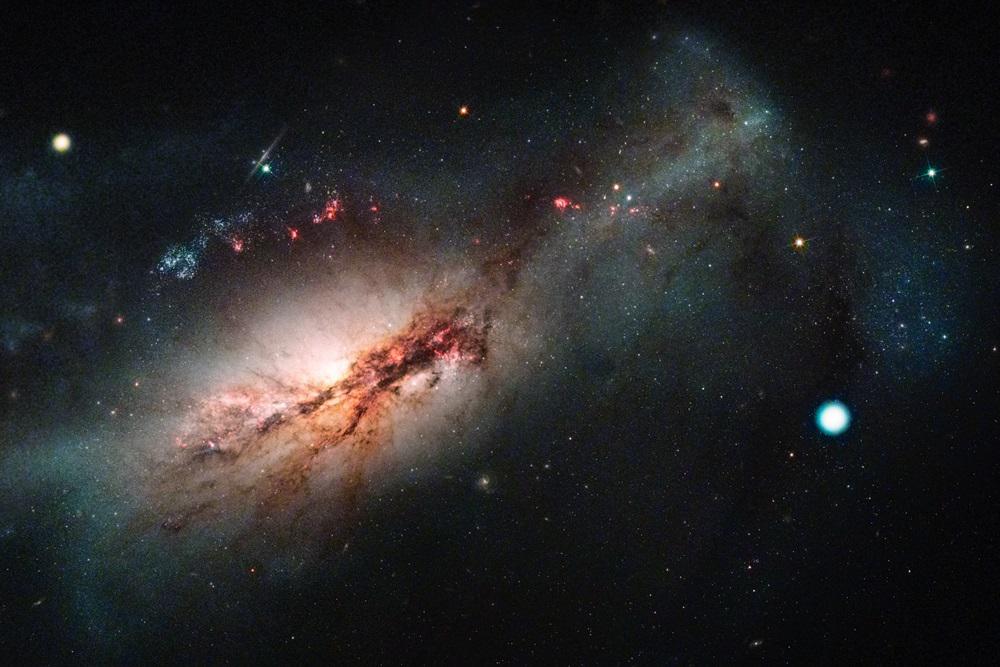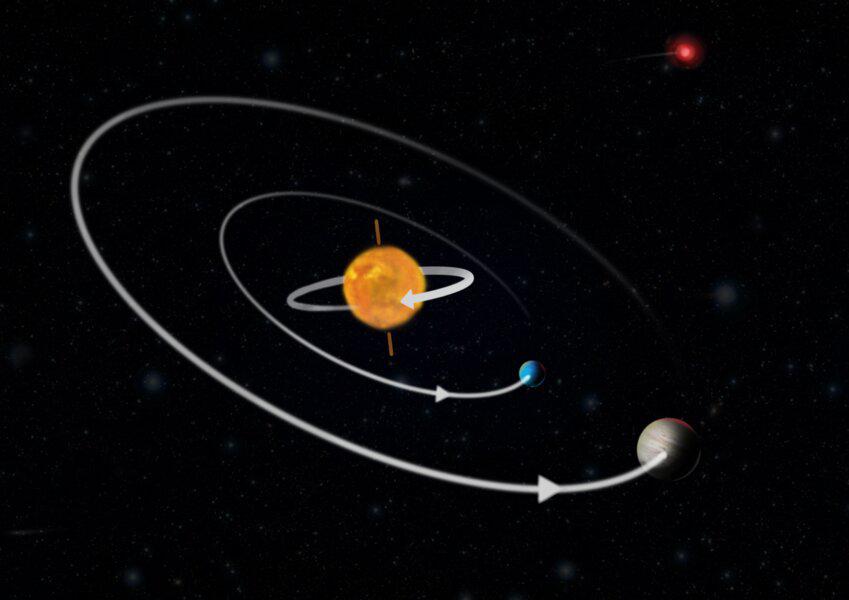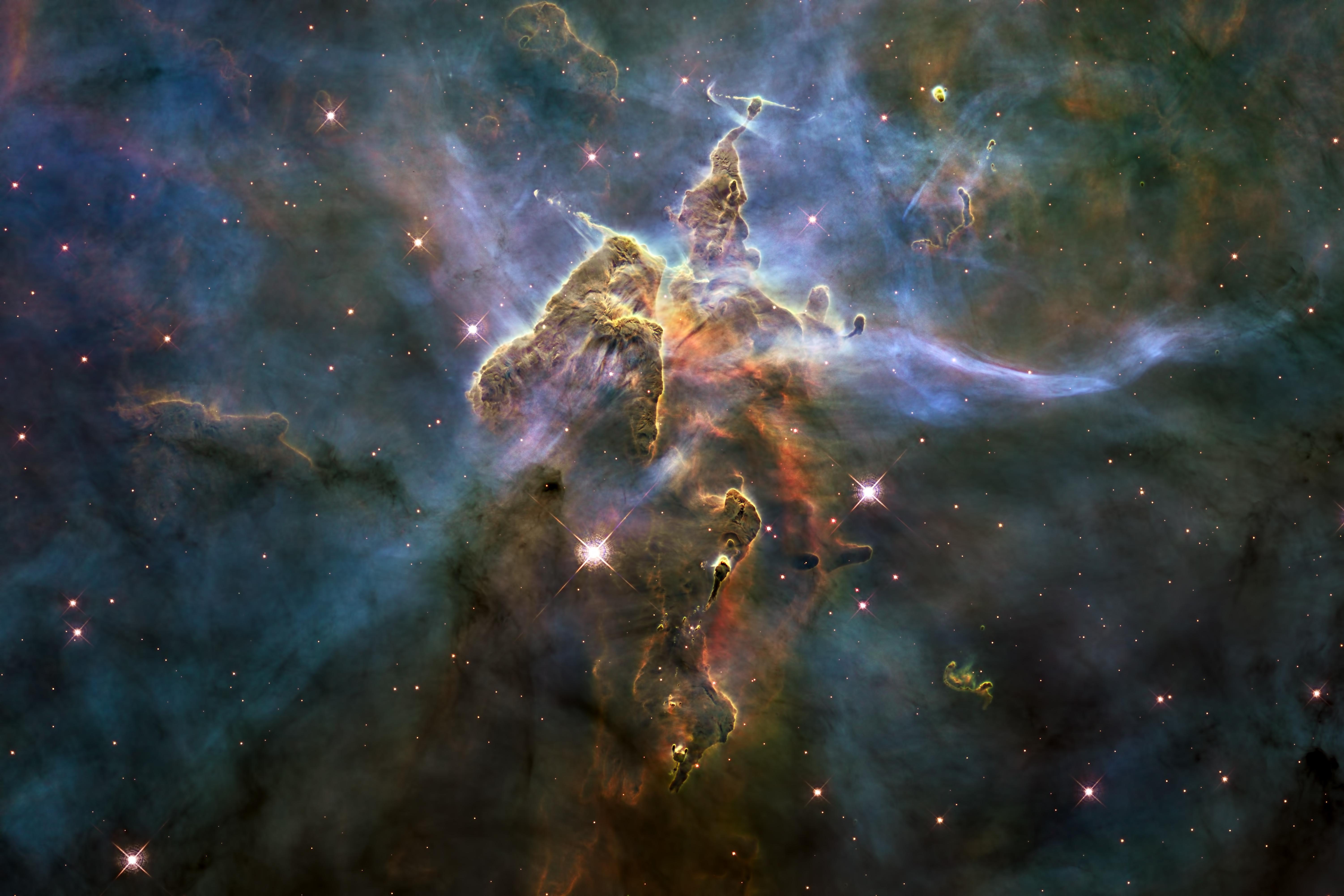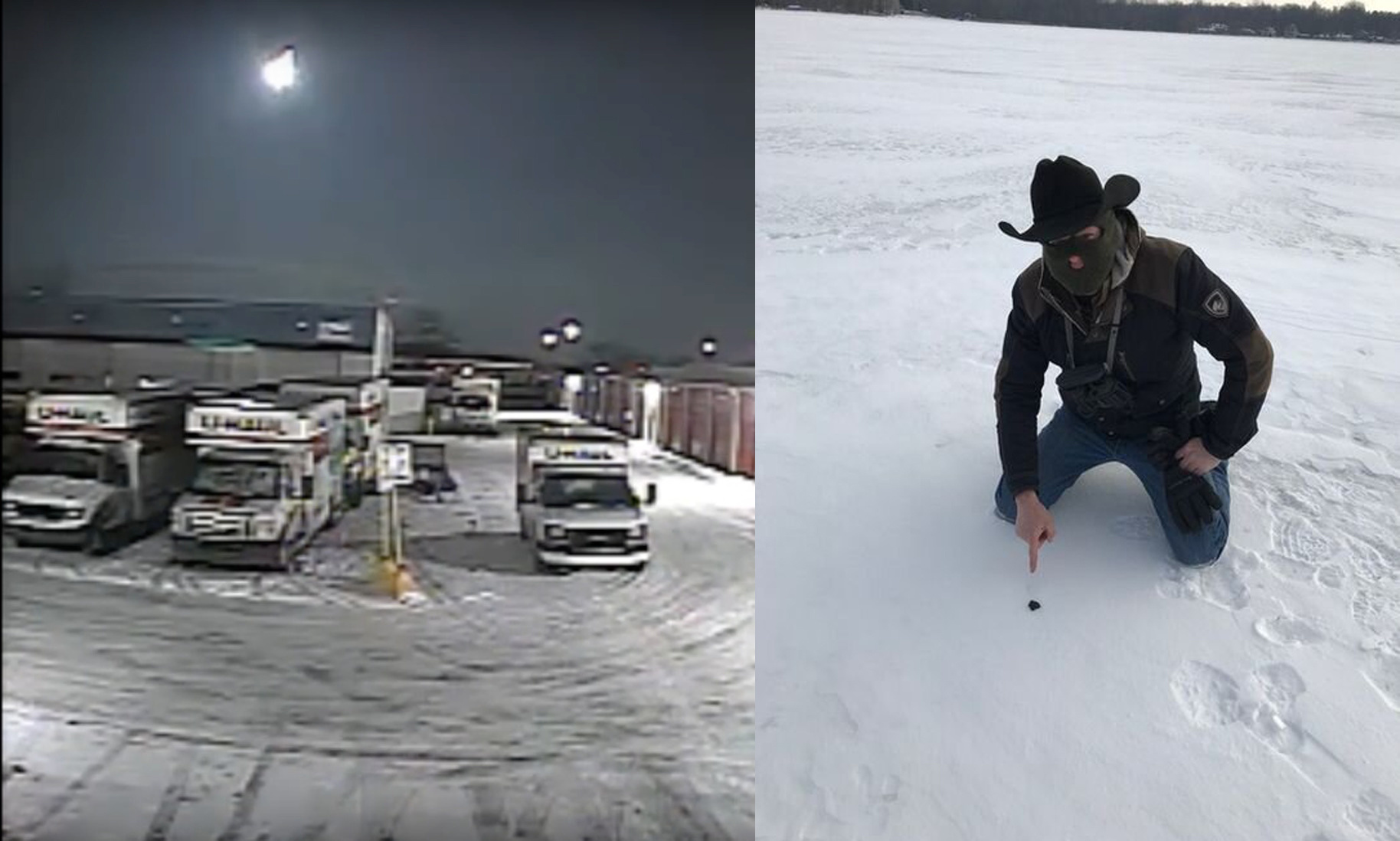ANNA FREBEL: It has always been really important for us humans to understand what our past is. On Earth we do for example genealogy. We ask our parents about our grandparents and so forth to learn about the history. And astronomers do the same thing about the universe. So we are asking the question how did everything begin? How did everything start to evolve? How did everything fall into place so that Earth could form at some point together with our Sun and later as humans we could start to emerge. And so the work that stellar archaeologists are doing is to try asking and answering the question how did the chemical evolution of the universe begin? Which means how did all the chemical elements, how did they form and how were they produced? And we know that they are produced in stars and supernova explosions. All the elements of the periodic table are created in stars and supernova explosions. And we specifically have means with these old stars to reconstruct how each of these atoms, for example, iron atoms or carbon atoms or calcium, how this was all created for the first time in the very first stars about 13.5 billion years ago.
But how do astronomers actually know how old stars are? Well it's actually not that easy because we can't just go – first of all we can't go there and measure an age. And actually age dating in general with various astronomical techniques is very, very complicated. But we can use a different fact to our advantage. As I've said the elements are created in stars and supernova explosions, and there were actually no heavy elements heavier than hydrogen, helium, and lithium present at the very earliest times soon after the Big Bang. But with time and with time I mean over the billions of years since then all the elements were created successively in stars. And so their content has built up over time. Today the universe contains a whole two percent of all these heavy elements that we know in the periodic table, so everything except hydrogen and helium. And we use those facts because we just look backwards and we search for the stars that have the smallest amounts of all of these heavy elements. So we look for example for the most iron-poor stars. We like to use iron as our reference element.
And that takes us back to this very early time when there simply wasn't that much iron in the universe. So in order to determine that a star is old and hence interesting we need to do a chemical composition. We need to determine the chemical composition of the star and we do that with spectroscopy that works very similar to the mass spectrometer in all the TV shows. So we observe the light and it's sent through a prism and that gives us an absorption spectrum and we can measure the absorption lines that appear due to the wiggling of the atoms in the outer atmosphere of the star. And from the line strength we can determine how much of a given element is present in the star.
These stars are extremely rare as you can imagine since they are leftovers from this very early time from soon after the Big Bang. So it takes a lot of effort to find that needle in the galactic haystack. But first I actually have to make clear that these stars are found in our own Milky Way galaxy. They are super super old but they're actually very local. That complements the aspect that most people know about namely the very distant galaxies we call them high ratchet galaxies that are very, very far away and whose light has traveled for millions and billions of years to us. So when we finally detect it we see that galaxy as when it was very young. We have this complementary technique of using old stars and at some point the Milky Way has actually gobbled them up from wherever they're formed and so they are today located in our Milky Way very fairly close on astronomical standards. Only a few thousand light years away perhaps. And that is there where we look for them. It still takes a lot of work sifting through all these stars that formed recently like the Sun but we have a variety of telescopes in place that we regularly use to observe these stars. And it's a sequence of three steps going from smaller telescopes to intermediate size telescopes to the really big telescopes.
So at the moment I'm using mostly the largest telescopes in Chile. These ones are optical telescopes which means we observe visible light. And the telescope that I use there is called the Magellan telescope and it has a 6.5 meter mirror. It's quite big and impressive and I really love going there. Why do I do that? Well it really goes to the heart of what the job of an astronomer is. Collecting data. Sitting in a telescope staring at the night sky. And the fantastic thing in Chile is that the sky is absolutely dark. Actually that's not quite true. The surrounding Earth is really dark. The sky is super bright and it is absolutely marvelous and fantastic to just actually let the telescope do its job and go outside and look at the sky above you and you see the bright band of the Milky Way above you and the myriad of little lights in the sky. And you can even see the galactic center shining very bright and actually you can almost see your shadow. You definitely don't need any moon or any light to walk around. You're not going to walk into a tree or into a car or anything because the combined light from all the stars is so bright that you can orient yourself. This is absolutely fantastic and actually the best part of my job.
From our analysis and comparing our chemical abundance results – so the composition of these stars - with what is supposed to have come out of the very first stars we have actually learned that the very first stars were probably not as energetic in their deaths as previously assumed. And there's a lot of research going on in this area now to figure out what these first stars really were like and how energetic they were which has a lot of ramifications for how everything got started and what kind of role these first stars had in shaping this early time.

